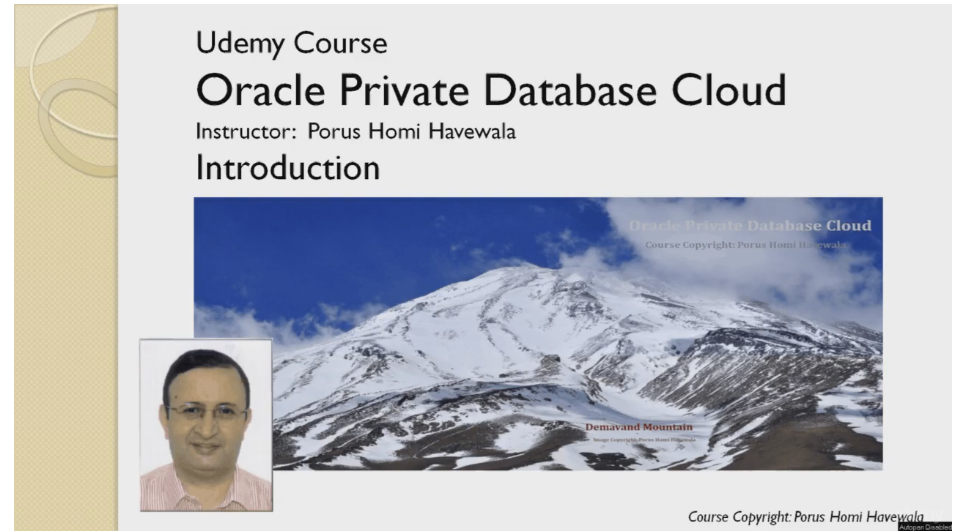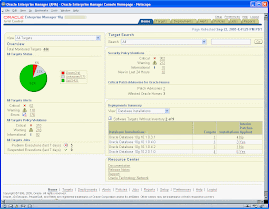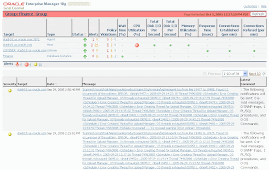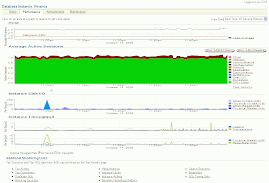By Yoav Eilat on Jan 13, 2015
We are pleased to announce an update to Oracle Enterprise Manager Cloud Control 12c Release 4. The update is now available on OTN.
So what exactly is adaptive private PaaS?
Recent releases of Enterprise Manager have expanded capabilities around Platform as a Service (PaaS) delivery in your private cloud. In particular, the EM Cloud Management Packs have focused on two critical areas for Oracle customers: Database as a Service (DBaaS) and Middleware as a Service (MWaaS).
In this release, these PaaS capabilities have become more adaptive to complex, rapidly growing environments. Let's look at 3 areas where database and middleware users and managers will benefit.
Controlling Expanding Database as a Service Environments
Rapid adoption of database as a service can lead to even faster growth in the number of database instances and the number of database versions and configurations. This can severely impact your management costs and could even cripple your database as a service initiative. The new release enhances our solution to this problem:
- Configuration standardization with integrated advisory, to detect differences across databases and eliminate configuration drift
- Database fleet patching using minimum downtime techniques, to bring database configurations back into compliance
- Rules for custom placement, to intelligently find a suitable target for database placement, based on current load, current population and placement constraints
A database as a service approach can improve service to database users while simultaneously reducing database management costs.
Developing More Rapidly, with Increased Security
Agile application development and testing requires convenient access to up-to-date test data. The Enterprise Manager Snap Clone feature gives DBAs, developers and QA engineers direct access to self-service cloning, so they can create fully functional copies of production databases within minutes. This release introduces several exciting new Snap Clone capabilities:
- Continuous data refresh from the source database. As your production system gets updated, you can continuously refresh your test data.
- Integrated data masking, subsetting and patching. Use the Enterprise Manager Data Masking and Subsetting Pack together with Snap Clone to keep your test databases lean and free of sensitive information, and keep them up to date with the latest PSUs and patch sets.
- Restore a database to a previous point in time with a convenient calendar view.
- Snap Clone support on EMC VMAX and VNX Block Storage. This adds to Snap Clone's native support for Oracle ZFS Storage Appliance and NetApp Storage Appliance in addition to generic support of other storage systems.
Software developers can also take advantage of new test-to-production (and reverse) cloning of SOA, OSB and WebCenter environments with application artifacts automation.
Flexible APaaS Service Catalogs
If you're providing middleware (e.g. an application platform) as a service to application developers, you now have additional ways to adapt these services to developers' needs.
- More APaaS catalog options. In addition to Java apps and WebLogic Server, you can offer SOA, OSB and WebCenter in your self-service portal for easy, template-based provisioning.
- Updated REST API support for new service catalog options, for easy integration with 3rd party orchestration tools and service desks.
- Sharing of service instances among self-service users, for an efficient, consolidated platform on which to provision middleware services.
For a more comprehensive list of updates, please visit Database as a Service and Middleware as a Service on OTN. In addition, we will post several articles about the new DBaaS and MWaaS capabilities over the next few weeks.













